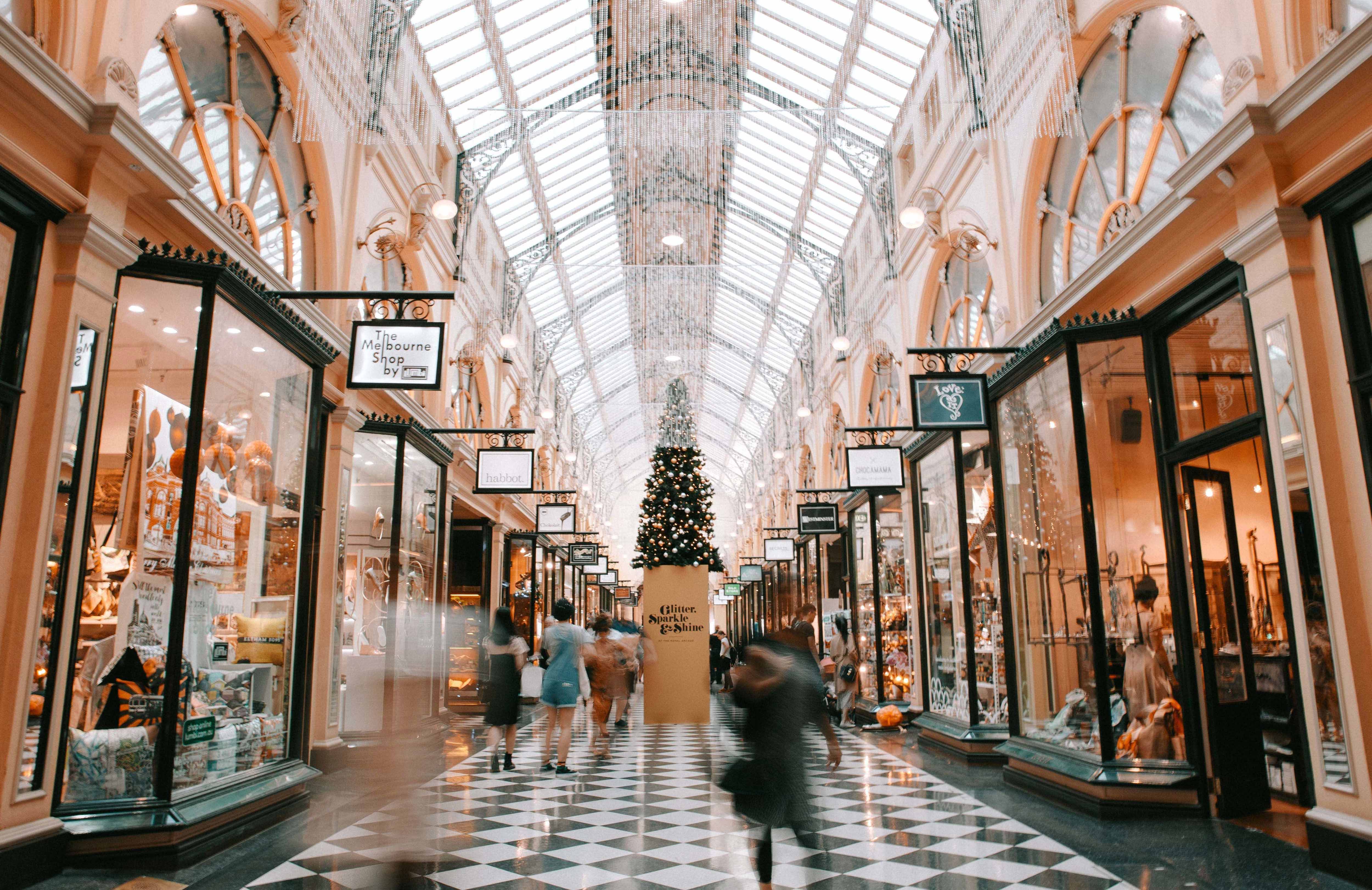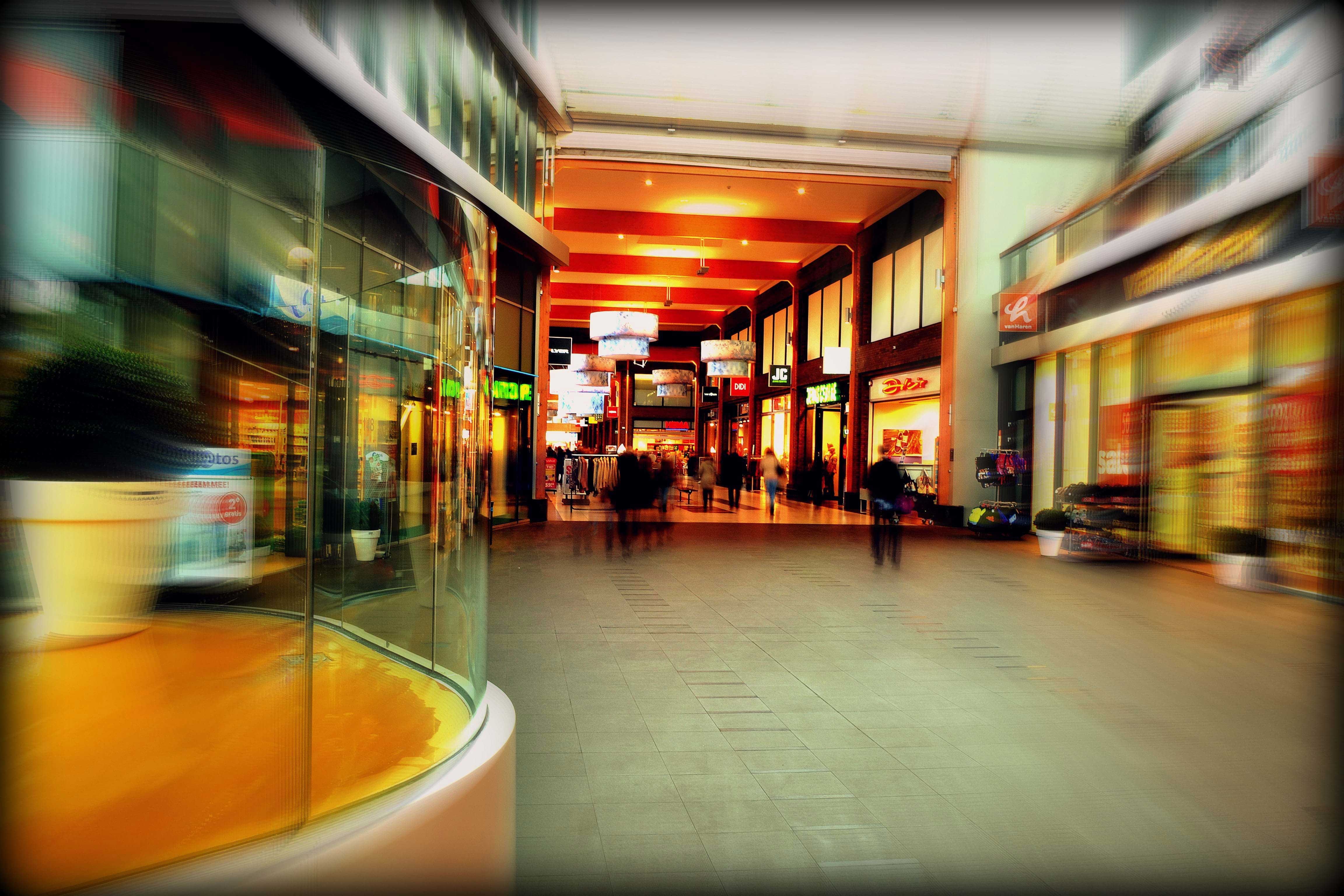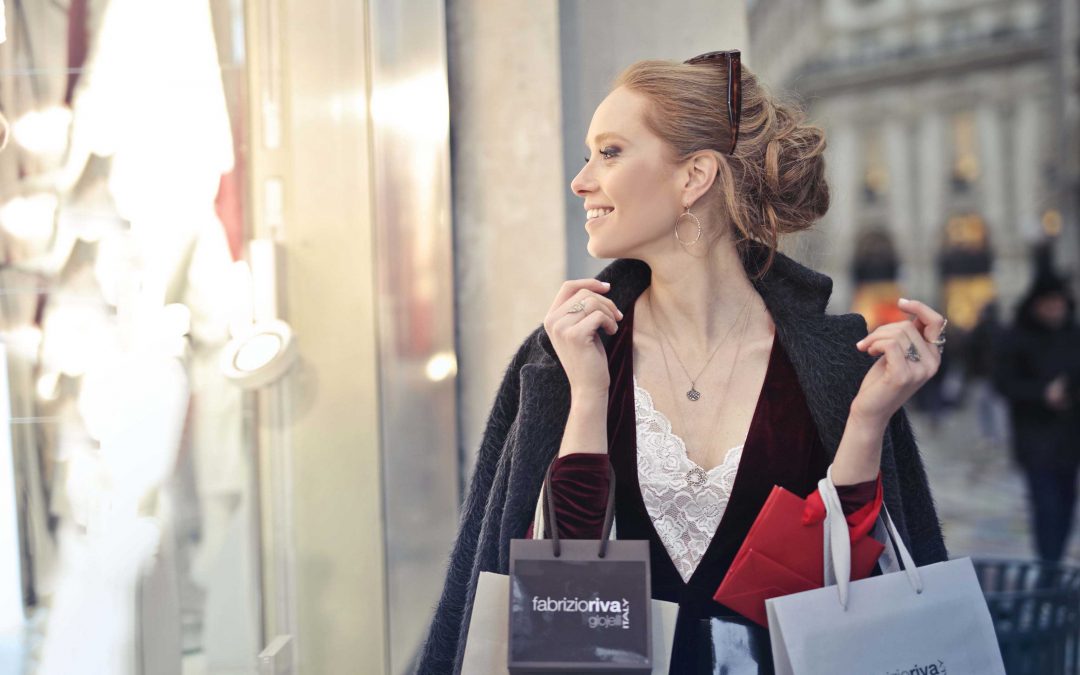2019 finally seems to be the year when India will set its image as a global fashion hub. Programs such as Make in India, Skill India and Digital India have pushed forward revolutionary policy changes for the business community and industry as a whole. This has been confirmed by the ‘State of Fashion 2019’ survey issued by Mckinsey. As per the survey, as manufacturing strengthens, middle class expands due to higher incomes, India will become a crucial point for the fashion industry.
The latest interim budget announced on 1st Feb 2019 is a great forward looking budget that allows a higher non-taxable segment. The thought is simple, when a larger segment of people are able to save on income tax, spending will increase which would lead to an incremental rise in indirect taxes. The potential earning from such expenditures would be much larger in comparison to the notional income from a single source that is income tax. Presenting the Budget 2019-20 in the Lok Sabha, as per the finance minister Piyush Goyal, Indian economy will be worth $5 trillion in the next 5 years and $10 trillion in the next 8 years thereafter. At the same time, McKinsey’s latest report suggests that India’s apparel market would be worth $ 59.3 billion by 2022, making it the sixth largest in the world. Given the greater appreciation for high-end luxury products, global trends awareness, rising aspirations and better purchasing power across the middle class and upper middle class, Luxury Brands especially Fashion brands have the most advantage in the current scenario.
Unlike the Chinese Market, Indian consumers are extremely price conscious and still value worthiness of a product based on it’s brand value in the associated social context. The traditionally rich still purchase high-end goods from international markets. However, that accounts for less than 1% of the population. The rest of the 99% still includes the middle class and the upper middle class. It is this segment that will drive growth for the fashion industry in India in 2019.
It is, therefore, a little surprise that more than 300 international brands are seeking opportunities to open stores in India.

Fashion brands that have already been successful in India have understood the consumption patterns in India, sizes needed based on the Indian consumers, designs that work and touch points and personalizations that work keeping in mind the tastes of the Indian consumers. International fashion houses have time and again used inspiration from Indian history and its rich culture to design clothes not just for the Indian market but for international markets as well. However, when it comes to selling goods in India, the brands need to create fashion pieces that cater to the individual consumer’s sense of individuality and self-expression. This gives ample opportunities for personalization engines to offer custom services to the consumers that help in the curation of design pieces that cater to their needs. Major brands are already focussing on tech-based curation for customers that automate the process and enable a more streamlined approach to the business.
The E-Commerce industry is already looking at tech-enabled curation tools that give the experience of personalized services to end-users. Moving away from the strategy to hoard the largest collection, a logistical nightmare keeping in mind the sizes required in the Indian context, fashion houses will focus on presenting the most appropriate selection keeping in mind the latest trends, online and offline.

As millennials join senior management in Corporate India, tech-enabled solutions that offer window shopping will increase the need for fashion brands to adapt to digital solutions and offer a novel online experience as well. Traditionally, Indians are still accustomed to window shopping online and then making a big ticket purchase in-store. The next phase of the industry will see an amalgamation of online and in-store experiences with more in-store technologies that enhance the overall retail experience. Adoption of digital marketing displays in the store, improved check out experience and the use of augmented reality for displaying outfits on consumers are just a few novel experiences that the retail industry will adopt to attract more customers.
Challenges for the Industry
The Govt. vs E-Commerce
The latest ruling by the Indian government caused widespread disruption in the Indian E-commerce industry. With multiple fashion brands being run by e-commerce giants as white label brands, the new rules bar online retailers from selling products via vendors in which they have an direct or indirect equity interest and also bar them from making deals with sellers to sell exclusively on their platforms. Other heavy restrictions such as the ban on exclusive deals with mobile companies, disallowing private labels or sub-brands owned by the e-commerce giants and putting restrictions on cashback, Amazon and Walmart owned Flipkart have lost over $50 Billion in combined worth over the last few days.
As per the Industry, while this might be a decision made in haste, the market currently is fluid and online retailers hope to be able to discuss their challenges with the government soon. With lesser options available to the consumers, this might just work in the favor of offline retailers.
Domestic Or International?
The biggest challenge for most fashion brands is to decide whether to stay domestic or offer Indian designs in the International market. With the world’s second-biggest consumer base of the world existing in India, fashion houses constantly struggle with this dilemma. The bigger challenge being that majority of the apparel industry caters to Indian women as the target market. Traditionally, majority of Indian women prefer ethnic and traditional wear be it for casual or formal wear. Add to that the India specific apparel sizes that are unique to Indian consumers. With such specific needs, catering to international markets then becomes a challenge due to the completely different needs in International markets. Additionally, due to the sheer size of the upper middle-class segment, it is no surprise that high-end fashion houses still prefer to cater to this segment purely because of the sheer size of the market.
Infrastructure Challenges

Until recently, avenues for showcasing high-end fashion brands were limited to 5-star hotel avenues, fashion shows and a few high-end retail spaces such as DLF Emporio in Delhi, UB City in Bangalore and others. Luxury brands had to content with the limited retail space in such avenues for selling their products. High per square foot rental costs and limited availability of trained professionals held back their growth. However, with over 85 new malls to open in India in the next 5 years, many of which are high-end spaces, luxury and fashion brands would have more space to sell their goods. With more options comes a stabilization and even a reduction in rental prices. Something all brands have welcomed.
Limited access to Tier II & Tier III Cities
Another challenge businesses have faced so far is the access to Tier II & Tier III Cities. With growing incomes and aspirations, Tier II & Tier III cities have shown immense potential. However, infrastructure challenges have plagued growth so far, forcing brands to wait for government policy changes and growth in the real estate industry. Over the last few years, with the government’s focus on improving industries, real estate is finally looking up and the rise in the number of malls in such cities is a clear indication of the growth that brands can look forward to.
Fashion Industry: The Big Revenue Generator
As per recent reports, on average, 60 percent of an Indian mall’s revenue is generated by its fashion stores. As footprint increases, the percentage is expected to go up significantly. It is expected that fashion stores will shift strategy and open more ‘experience stores’ with newer formats that attract the new tech-friendly generation. While the Indian fashion industry is ready for a greater assortment of products, international brands and retailers would invest heavily in the Indian market to expand their network and increase profitability. Ultimately, only those brands which adapt technology and cater to the changing Indian market will see profits rise and many others will perish.
Luxury connect is the premier luxury consulting firm helping brands to implement high-value business advisory and strategy solutions. We offer strategic insights and experience across industries such as Fashion & Accessories, Watches & Jewellery, Fragrances & Cosmetics, Wines & Spirits, Retail, Leisure and Hospitality, Real Estate, Leisure and Hospitality, Luxury Spa and Wellness and Art & Collectibles.
With an enviable list of clients such as Von Urbanovsky, BMW, Good Earth, Airtel, Snapdeal, Lodha Group, Royal Enfield, Fairmont, Kolkata Knight Riders, etc. we have proven time and again that Luxury Connect truly understands omnichannel businesses and is adept at helping brands launch and scale luxury businesses globally.
-
Luxury Connect – India’s Premier research and strategy management advisory services for Luxury Businesses.


Recent Comments